Free Consultation(203) 447-0000

Free Consultation(203) 447-0000
Athetoid cerebral palsy affects about 10 percent of children who have cerebral palsy. It is the second most common form of the disease after spastic cerebral palsy. Athetoid cerebral palsy is a type of dyskinetic cerebral palsy. Two other less common types of dyskinetic cerebral palsy are choreoathetoid and dystonic cerebral palsy.
The word athetoid is a medical expression meaning having slow and involuntary movements. Dyskinetic comes from the Greek and means ill (dys) movement (kinetic).
The muscles in children with this condition act against each other, sometimes tensing up, sometimes loosening. The result is slow, writhing movements of the hands, legs, and arms. Sometimes muscle spasms result from the shifting muscle tone.
Like other forms of cerebral palsy, this form originates not in the muscles but in the brain. The parts of the brain (the cerebellum or basal ganglia) that are damaged in this illness enable movements that are smooth and coordinated in the normal person. These regions of the brain also affect posture.
As a result of damage to these parts of the brain, the child’s movements are involuntary and have no purpose. Such involuntary movement occurs especially in the face, arms, and trunk. As a result, skills that require coordinated movement such as speaking, holding or grasping, reaching for an object, sitting upright, placing an object down once it is held, feeding oneself, or drawing are very difficult.
These children may have involuntary movements of the face resulting in grimacing, tongue thrusting, or drooling. All of these problems interfere with speech and feeding. Poor muscle tone often causes poor posture and the inability to sit and walk normally.
Despite all these drastic effects on the body, athetoid cerebral palsy does not affect intelligence. People with athetoid cerebral palsy usually have normal or above normal mental ability.
Patients with athetoid dyskinetic cerebral palsy often develop problems in the cervical or neck area of the spine, making them completely disabled. They also may have deformities of the feet and dislocated hips. They can have dropping of the front of the foot.
All forms of cerebral palsy are a result of damage to or some malformation of the brain. Such brain damage can result from:
Some cases of cerebral palsy occur because of mistakes made by doctors and nurses during the delivery process. Parents can seek justice and compensation through birth injury lawsuits. To find out if you qualify, consult an attorney for birth injuries as soon as possible.
If you have had a child with cerebral palsy, you might want to contact a Connecticut athetoid cerebral palsy lawyer. Your lawyer can discuss the possibility of filing a lawsuit for the pain and suffering you and your child have suffered.
Berkowitz and Hanna LLC is a well-known and respected law firm in Connecticut. Our cerebral palsy law firm have experience in cerebral palsy cases and serve as advocates for affected infants and their families. To find out if you qualify to file a claim, please contact our offices.
Berkowitz Hanna
